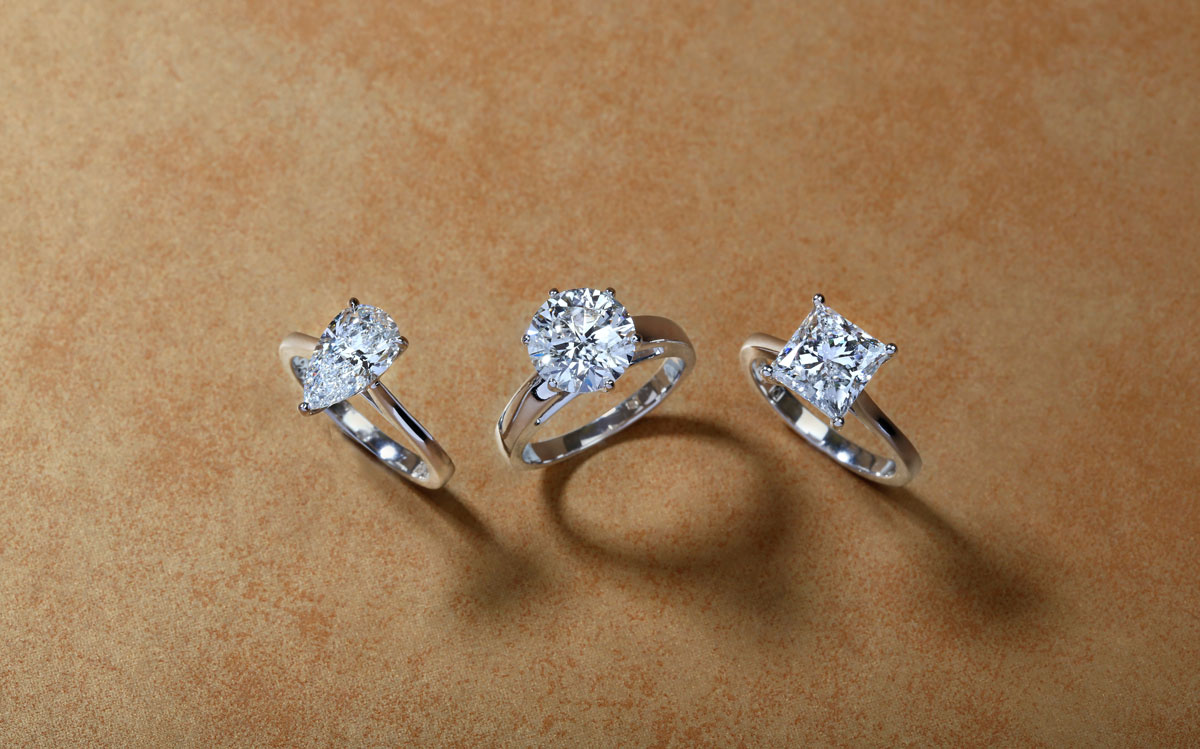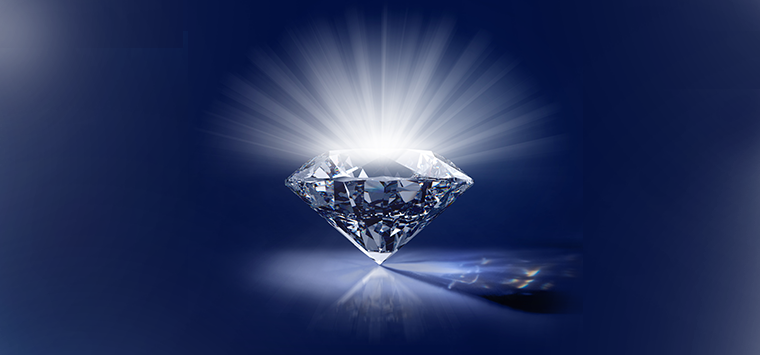Introduction to Diamond Cuts
Diamonds are often described as a girl’s best friend, but if you’re diving into the world of these sparkling gems, you’ll quickly realize there’s more to them than just their brilliance. One crucial aspect that defines a diamond’s charm is its cut. Not just about how the stone looks, but how light dances through it, each cut has a unique story and effect. Let’s delve into the world of diamond cuts and discover which one might be perfect for you.
The Importance of Diamond Cuts
Imagine you’re at a diamond store, and you see two diamonds of the same carat weight and color. What makes one sparkle more than the other? The answer lies in the cut. The cut of a diamond affects how light interacts with it, influencing its brilliance and overall appearance different cuts of diamond. It’s not just a matter of personal taste—although that’s a significant factor—but also how well the diamond is crafted to maximize its natural beauty.
Overview of Popular Diamond Cuts
From the timeless round brilliant to the elegant emerald, each diamond cut has its own flair and appeal. Understanding these variations helps you make an informed choice when buying or simply appreciating these precious stones. Here’s a rundown of some of the most popular cuts that you’ll encounter.
The Brilliant Cut
History and Evolution
The brilliant cut, with its 57 facets, is a design that has undergone significant evolution since its inception. It was developed in the early 20th century to enhance the diamond’s ability to reflect light. The cut is designed to maximize brilliance and sparkle, making it a favorite among many.
Characteristics and Features
This cut is renowned for its exceptional sparkle, thanks to its unique facet arrangement that allows light to enter and exit the diamond at different angles. The round shape is classic and versatile, fitting well in a variety of jewelry settings.
Pros and Cons
Pros: Unmatched brilliance and sparkle; versatile for various settings; timeless and classic.
Cons: Can be more expensive due to the precision cutting involved; might be too traditional for some.
Ideal Settings
The brilliant cut shines in solitaire settings, where it’s the sole focus. It also looks fantastic in halo settings, where smaller diamonds surround it, enhancing its overall sparkle.
The Princess Cut
Origin and Development
The princess cut is a relatively modern invention, first designed in the late 1970s. Its geometric, angular lines were a fresh take on the traditional diamond cuts, offering a contemporary alternative to the classic round shape.
Shape and Appearance
This cut features a square or rectangular shape with pointed corners, known for its sharp, modern look. It combines the brilliance of the round cut with a unique square profile, providing a striking contrast to other diamond shapes.
Advantages and Disadvantages
Advantages:
Modern and chic; often less expensive than round cuts; excellent for maximizing carat weight.
Disadvantages:
Can have noticeable ‘chevrons’ or dark areas due to the way light is reflected; corners can be prone to chipping.
Best Jewelry Styles
Princess cuts are perfect for modern engagement rings and statement pieces. Their geometric beauty stands out in both simple and elaborate settings.
The Emerald Cut
Historical Background
The emerald cut was originally designed for emerald gemstones, which have a lower hardness than diamonds and are thus better suited to this type of cut. Its origins date back to the Art Deco period, when it became popular for its sophisticated and elegant appearance.
Unique Features and Benefits
Unlike the brilliant cut, the emerald cut features step-like facets, which give it a ‘hall of mirrors’ effect. This cut highlights the clarity of the diamond, making it ideal for stones with few inclusions.
Common Uses in Jewelry
Emerald cuts are favored for elegant engagement rings and high-end jewelry pieces. Their long, clean lines and open table highlight the diamond’s clarity and size.
Popular Settings
Emerald cuts are often set in a minimalist or vintage-style setting that complements their clean lines, such as in a three-stone ring or a simple solitaire.
The Asscher Cut
The Story Behind the Asscher Cut
Developed by Joseph Asscher in 1902, the Asscher cut is known for its vintage charm and octagonal shape. It was designed to maximize the clarity and brilliance of the diamond, featuring step cuts similar to the emerald cut but with a more square shape.
Design Characteristics
The Asscher cut has 58 facets arranged in a way that creates a unique pattern of light and dark, often referred to as the “hall of mirrors” effect. Its deep step cuts and cropped corners give it an Art Deco flair.
Pros and Cons
Pros:
Vintage elegance; emphasizes clarity and color; unique and eye-catching.
Cons:
Can appear less sparkly compared to other cuts; may not be as widely available.
Ideal Jewelry Choices
Asscher cuts shine in vintage-inspired settings and often look stunning in engagement rings or as a center stone in a statement piece.
The Radiant Cut
Evolution of the Radiant Cut
The radiant cut was introduced in the late 1970s and combines the brilliance of the round cut with the shape of the emerald cut. Its creator, Henry Grossbard, aimed to produce a cut that maximized sparkle while offering a rectangular or square shape.
Cutting Style and Effect
Radiant cuts feature trimmed corners and a brilliant-cut facet pattern, giving them a vibrant sparkle similar to that of the round cut. This cut is versatile, suitable for both modern and traditional settings.
Advantages and Challenges
Advantages:
Combines the brilliance of the round cut with the shape of the emerald cut; works well with various settings.
Challenges:
.The cut’s sparkle can vary depending on the quality of the diamond; less classic compared to other cuts.
Best Applications
Radiant cuts are ideal for contemporary settings and engagement rings, providing a balance between classic and modern design.
The Pear Cut
Origins and Popularity
The pear cut, also known as the teardrop cut, has been around since the 15th century. It combines the elegance of the round cut with the uniqueness of a marquise shape, offering a distinctive, elongated look.
Distinctive Features
This cut has a teardrop shape with a pointed end and a rounded end, creating a dramatic and elegant effect. It’s known for its ability to make fingers appear longer when used in rings.
Benefits and Drawbacks
Benefits: Unique and elegant shape; elongates the appearance of fingers; versatile for various settings.
Drawbacks: Can have a visible ‘bowtie’ effect; the point is prone to damage.
Optimal Settings
Pear cuts look stunning in both solitaire and halo settings. They’re also a popular choice for pendants and earrings, offering a sophisticated look.
The Oval Cut
History and Design
The oval cut, a variation of the round brilliant, was introduced in the 1960s. Its elongated shape provides a unique alternative to traditional round diamonds while retaining similar sparkle.
Unique Features and Benefits
The oval cut has 58 facets and a shape that maximizes carat weight while offering a distinctive look. Its elongation can make the diamond appear larger than its carat weight suggests.
Lab diamonds, often celebrated for their ethical and environmental advantages, are crafted through advanced technological processes that replicate the natural conditions under which diamonds form. These diamonds possess the same physical and chemical properties as mined diamonds, including exceptional hardness and brilliance. Produced in controlled laboratory environments, lab diamonds offer a more sustainable and often more affordable alternative to traditional gemstones.
Common Uses and Settings
Oval cuts are popular in engagement rings and are often set in both classic and contemporary designs. Their shape complements various settings, including halo and solitaire styles.
Popular Trends
The oval cut is trending in modern jewelry for its elegance and ability to highlight a diamond’s size.
The Cushion Cut
Background and Evolution
The cushion cut, resembling a pillow, has been around since the 18th century. Its design combines the brilliance of the round cut with the shape of a square or rectangular diamond, often with rounded corners.
Characteristics and Advantages
This cut has a romantic, vintage appeal and is known for its soft, rounded edges and sparkling facets. It emphasizes the diamond’s clarity and color, making it a popular choice for engagement rings.
Jewelry Settings and Styles
Cushion cuts look great in vintage and modern settings alike. They can be used as a centerpiece in rings or as part of a multi-stone design.
Modern vs. Vintage
Modern cushion cuts tend to have more facets and a brighter appearance, while vintage cushions often have fewer facets and a softer glow.
Choosing the Right Cut for You
Factors to Consider
When selecting a diamond cut, consider factors such as your personal style, the type of jewelry, and your budget. Each cut offers unique characteristics that can complement different preferences and occasions.
Matching the Cut to Your Style
Your choice of diamond cut should reflect your personal taste and style. Whether you prefer a classic round brilliant or a unique pear cut, the right cut will enhance your jewelry’s overall look.
Budget Considerations
Diamond cuts can vary significantly in price. The cut’s complexity and the diamond’s quality will affect the cost. Consider what aspects are most important to you and how they align with your budget.
Expert Tips and Recommendations
Seek advice from jewelers and consider viewing various cuts in person to determine which one resonates most with you. Personal preference and practical factors should guide your choice.
Conclusion
Diamonds come in various cuts, each offering its own unique charm and sparkle. From the classic brilliance of the round cut to the vintage elegance of the Asscher cut, understanding these different styles can help you make a more informed choice, whether you’re purchasing a new piece of jewelry or simply exploring your options. Ultimately, the right cut for you is the one that best fits your style and enhances your diamond’s natural beauty. So, go ahead and explore the dazzling world of diamond cuts—your perfect sparkle awaits!



